Best Exercises to Boost Testosterone
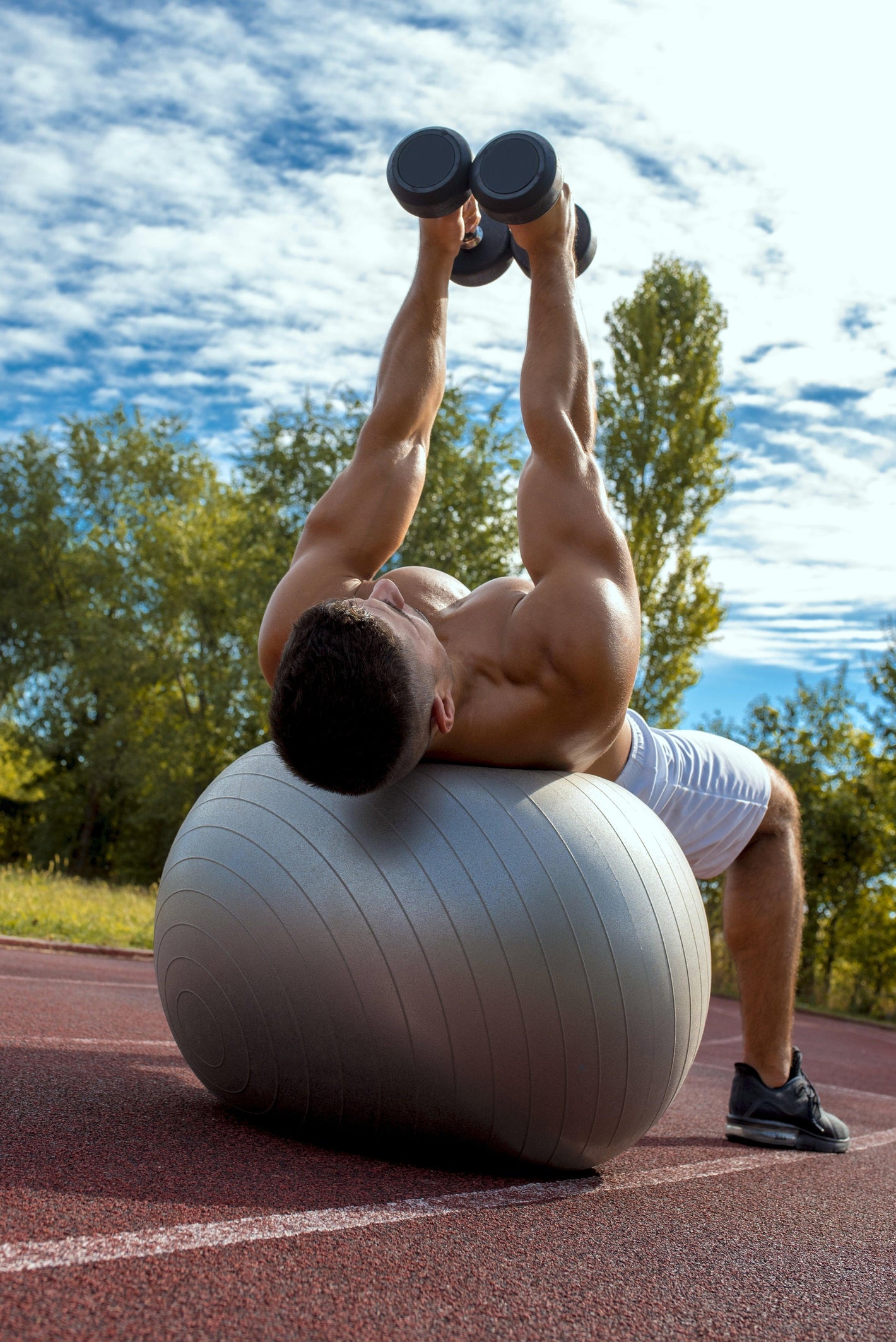
Related products
Testosterone Boost: The Role of Exercise
The science behind testosterone and exercise reveals a fascinating interplay between physical activity and our body's hormone levels. Testosterone, a vital hormone in both males and females, plays a crucial role in various physiological processes, such as muscle growth, fat metabolism, and mood regulation. Researchers found that consistent exercise could lead to increased testosterone levels, particularly in men, according to a study published in the Journal of Endocrinology and Metabolism.
Why Focus on Testosterone-Boosting Exercises?
There are countless advantages to maintaining optimal testosterone levels, which is why one should focus on testosterone-boosting exercises. These include improved muscle mass, increased energy, enhanced mood, and even better cardiovascular health. "Regular physical activity that targets testosterone boost can potentially offset age-related testosterone decline," says Dr. Peter Jackson, a leading endocrinologist.
The Link Between Muscle Growth and Testosterone Production
There's a direct link between muscle growth and testosterone production. When our body undergoes resistance training or weight-bearing exercises, the microscopic damage to the muscle fibres leads to a response from the body. This response includes the release of various hormones, including testosterone, to aid in muscle repair and growth. Individuals who engaged in weight training had a significant spike in their testosterone levels post-workout, as highlighted in a study from the University of Texas.
Compound Exercises: The Core of Testosterone Enhancement
What Are Compound Exercises?
Compound exercises are multi-joint movements that work several muscles or muscle groups simultaneously. These include routines like squats, deadlifts, bench presses, and pull-ups. Unlike isolation exercises, which target only one muscle group, compound exercises provide a more comprehensive workout.
How Do Compound Exercises Impact Testosterone Levels?
The impact of compound exercises on testosterone levels is quite clear. These exercises involve more muscle groups, leading to a higher muscle fibre recruitment. This increased recruitment sends signals to the body, demanding more testosterone for recovery and growth. "Compound movements stimulate a greater hormonal response, primarily testosterone," says Dr. Laura Mitchell, a renowned sports scientist.
The Benefit of Multi-Joint Movements for Hormonal Balance
Multi-joint movements, or compound exercises, benefit hormonal balance beyond just boosting testosterone. They also promote the release of other essential hormones like growth hormone and insulin-like growth factor, both critical for muscle development and recovery. Moreover, these exercises often burn more calories, aiding in fat loss, which can indirectly boost testosterone levels by reducing the testosterone conversion to estrogen in fat cells.
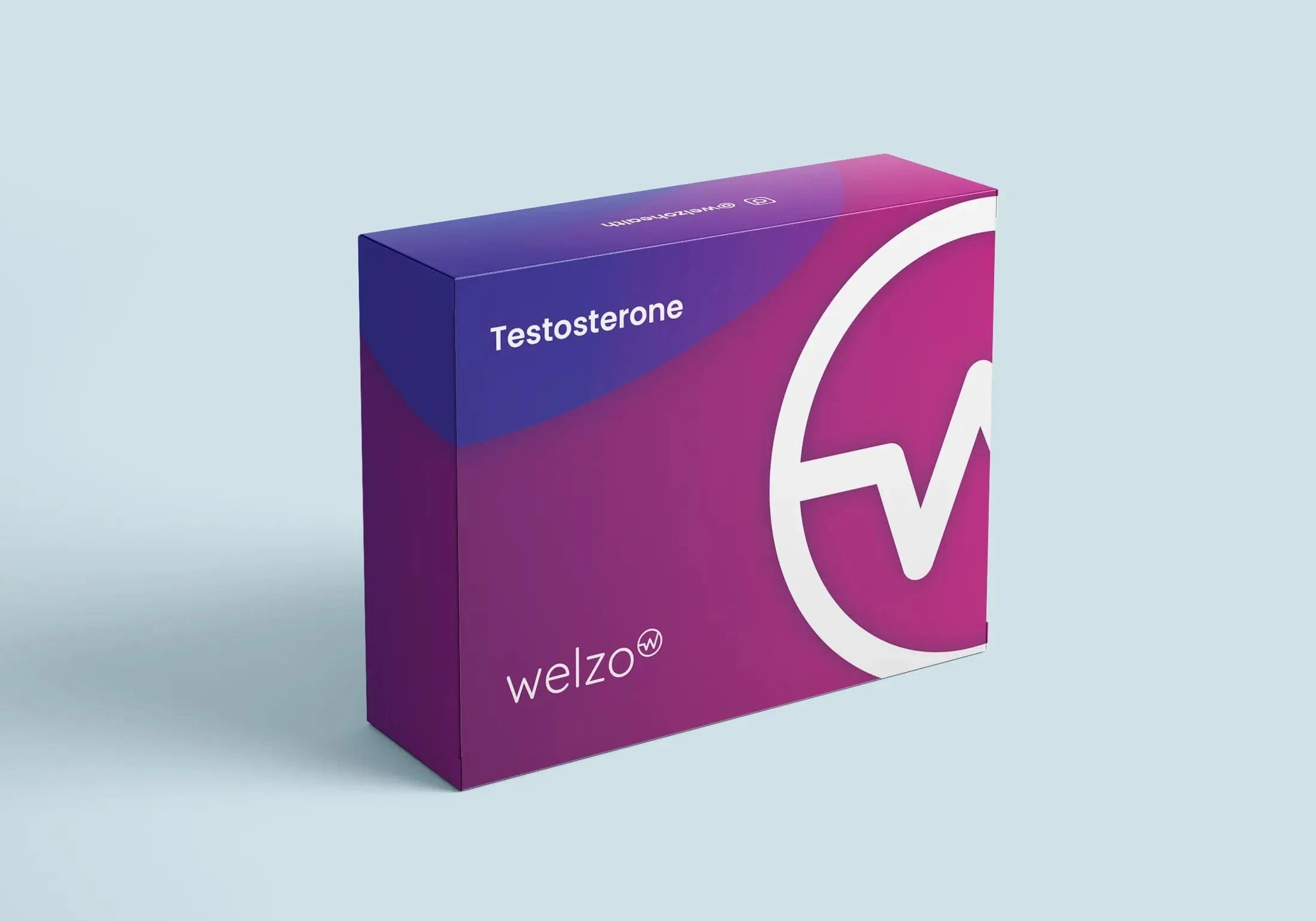
Buy Testosterone Blood test online here.
How Does High-Intensity Interval Training (HIIT) Elevate Testosterone?
Breaking Down the Dynamics of HIIT
High-Intensity Interval Training, or HIIT, involves a series of short, intense bursts of exercise followed by rest or low-intensity periods. This exercise form's primary advantage is its ability to push the body to its limits in a short time frame. This intense nature can lead to a surge in testosterone levels as the body recovers.
HIIT versus Traditional Cardio: A Testosterone Comparison
Comparing HIIT to traditional cardio brings about an interesting testosterone-related debate. While both have their benefits, HIIT, given its intense nature, often leads to a more pronounced testosterone release. On the other hand, traditional cardio provides a steady, prolonged hormone release. "When it comes to testosterone boost, HIIT has a slight edge over traditional cardio," says Dr. Samantha Hopkins, a fitness researcher.
Tips for Incorporating HIIT into Your Routine
For those considering HIIT, it's essential to start slow. Initial routines might involve 20-second exercise bursts followed by 40 seconds of rest. As endurance builds, these intervals can be adjusted. Always remember to warm up before any session and cool down afterwards. Additionally, consultation with a fitness expert can provide a tailored HIIT plan aligned with individual goals and physical capacities. "Always listen to your body. While HIIT is effective, it's vital to avoid overtraining," advises Dr. Richard Matthews. In conclusion, the relationship between exercise and testosterone is undeniable. Whether achieved through compound movements or HIIT, staying active is a reliable way to maintain and even elevate testosterone levels. However, consulting with a healthcare professional before embarking on any fitness journey is crucial, especially when the primary goal is to affect hormonal levels.
Does Weight Lifting Increase Testosterone More Than Other Exercises?
The Relationship Between Resistance Training and Hormone Levels
There's a profound relationship between resistance training and hormone levels, particularly testosterone. Testosterone, as most fitness enthusiasts are aware, plays a pivotal role in building muscle mass, strength, and bone density. Research studies have repeatedly shown that resistance training, especially weight lifting, leads to acute increases in testosterone levels. "Weight lifting, by virtue of its intense strain on the muscles, necessitates a surge in testosterone production as the body anticipates muscle repair and growth," says Dr. James Thompson.
Optimizing Weight Training for Testosterone: Heavy Weights vs. High Reps
Optimizing weight training for testosterone involves understanding the dynamics of lifting heavy weights versus doing high reps. Both techniques offer benefits, but their effects on testosterone production differ. Lifting heavier weights with fewer repetitions often induces a more significant acute hormonal response. This is because the strain on the muscles requires a more immediate repair mechanism. On the other hand, high reps with lighter weights primarily target muscular endurance. "For those specifically looking to optimize testosterone production, a focus on heavier weights – even if it means fewer reps – is generally more beneficial," says Dr. Elena Richards.
The Most Effective Weightlifting Exercises for a Testosterone Boost
Several weightlifting exercises are particularly effective for boosting testosterone levels. Compound exercises, such as squats, deadlifts, bench presses, and pull-ups, engage multiple muscle groups simultaneously. This comprehensive engagement means the body perceives a greater need for repair and growth, subsequently producing more testosterone. "Engaging in these major lifts at least 2-3 times a week can significantly influence testosterone production," notes Dr. Samuel Fitzgerald, a strength and conditioning expert.
What Role Does Flexibility and Stretching Play in Testosterone Production?
The Overlooked Benefits of Flexibility Workouts
Flexibility workouts, often overshadowed by cardiovascular and resistance training, play a unique role in hormone production, including testosterone. Stretching improves circulation, reduces cortisol levels (a stress hormone that can inhibit testosterone), and facilitates muscle recovery. While the testosterone boost from flexibility training may not be as pronounced as with weight lifting, the holistic benefits of such workouts indirectly support testosterone production. "Reducing cortisol through flexibility exercises can create a more conducive environment for testosterone production in the body," says Dr. Hannah Greene, a physiotherapist.
Yoga and Testosterone: Making the Connection
Yoga, an ancient practice, has been increasingly recognized for its numerous health benefits, one of which might be its connection to testosterone. While yoga primarily focuses on flexibility, breath control, and meditation, certain asanas or postures can stimulate testosterone production. Poses that engage the pelvic region and improve blood flow, such as the Cobra or the Bridge pose, may aid in better testosterone synthesis. "Though not a direct testosterone booster like weight lifting, yoga provides a holistic approach to body wellness, which indirectly supports healthy testosterone levels," states Dr. Priya Malhotra, a yoga instructor.
Dynamic vs. Static Stretching: Which is Better for Hormone Production?
Dynamic and static stretching differ in their methods and benefits. Dynamic stretching involves moving parts of your body and gradually increasing reach, speed, or both. Static stretching, meanwhile, involves holding a position for a set period. While both forms of stretching aid in flexibility and circulation, dynamic stretching, by virtue of its movement-oriented nature, might have a slight edge in hormone production. "Engaging in dynamic stretching pre-workout can not only warm up the muscles but also prime the body for a hormonal response," mentions Dr. Lucy Kendall, a rehabilitation specialist. In summary, while weight lifting holds the torch as a direct influencer of testosterone production, flexibility, and stretching exercises should not be neglected. Their indirect yet holistic impact on overall body wellness plays a crucial role in ensuring optimal testosterone levels.
Frequently Ask Questions
How Often Should I Exercise to Maximize Testosterone Benefits?
To reap the maximal testosterone benefits, most fitness experts recommend engaging in resistance training at least 3-4 times a week. However, it's essential to balance exercise frequency with adequate recovery time, as testosterone production peaks during rest periods following strenuous workouts. "Testosterone release is a response to muscle stress but also requires recovery periods to maintain optimal levels," says Dr. Neil Harrison, a sports scientist.
Balancing Frequency with Recovery for Optimal Hormone Levels
Recovery is paramount in maintaining and boosting testosterone levels. Overexercising without sufficient recovery can negatively impact testosterone production. It's advisable to allow at least 48 hours between intense workouts targeting the same muscle groups. Incorporating active recovery sessions, like walking or light yoga, can also support hormone levels and overall health.
Can Over-Exercising Decrease Testosterone Levels?
Yes, over-exercising can indeed lead to decreased testosterone levels. This phenomenon is linked to overtraining syndrome, where prolonged intense training without adequate recovery can stress the body, leading to hormonal imbalances. "Chronically high cortisol levels from overtraining can suppress the body's testosterone production," warns Dr. Jessica Lewis, an endocrinologist.
The Risks of Overtraining and its Impact on Testosterone
Overtraining presents several risks, from increased injury susceptibility to hormonal imbalances. Specifically, overtraining can elevate cortisol, a stress hormone, which can inhibit testosterone production. This underscores the importance of a balanced training regimen with adequate rest days.
Are There Specific Times of Day When Exercising Boosts Testosterone More?
The field of chronobiology, which studies our body's natural rhythms, suggests that testosterone levels tend to be highest in the morning. As such, morning workouts might benefit from this natural surge. However, individual preferences and daily routines should also guide workout timings. "Though mornings see a natural testosterone rise, the best time to exercise is when you feel most energetic and alert," notes Dr. Adrian Carter, a chronobiologist.
Chronobiology: Syncing Your Workouts with Your Body's Hormonal Rhythm
While morning workouts might leverage natural testosterone surges, it's essential to listen to your body. Some individuals might find afternoon or evening workouts more effective. Aligning your workouts with when you feel strongest and most energetic will likely yield the best results.
Are There Exercises That Decrease Testosterone?
No exercises directly decrease testosterone. However, excessive endurance training without adequate strength training can lead to a relative decrease in testosterone levels over time. "It's about balance. Purely focusing on long-duration, low-intensity exercises without resistance training might not support optimal testosterone levels," says Dr. Richard Turner, a fitness consultant.
The Truth About Exercises and Potential Testosterone Dips
While exercise is generally beneficial for testosterone levels, it's essential to have a balanced routine. Incorporating resistance training, cardiovascular workouts, and flexibility exercises ensures a holistic approach that supports optimal hormone production.
How Does Age Impact the Exercise-Testosterone Relationship?
As men age, natural testosterone levels tend to decrease. However, resistance training becomes even more crucial during this period. Exercise can offset some of the age-related decline in testosterone. "Aging men can still boost their testosterone levels through consistent weight training and a balanced exercise routine," suggests Dr. Philip Morgan, a geriatric specialist.
Adjusting Workout Strategies as You Age for Optimal Hormone Production
For older individuals, it's crucial to adjust workout strategies to prioritize safety, prevent injuries, and support hormonal health. This might involve more focus on flexibility, joint health, and moderate resistance training.
Do Supplements Enhance the Testosterone Boost from Exercise?
Certain supplements, like fenugreek, vitamin D, and zinc, have been shown to support testosterone levels. However, their efficacy in boosting the testosterone response from exercise specifically remains debated. "Supplements can support overall testosterone levels, but it's essential to consult with a healthcare professional before starting any supplementation," advises Dr. Anna Foster, a nutritionist.
The Role of Diet and Supplementation in Supporting Exercise-Driven Hormone Boosts
Diet plays a foundational role in supporting testosterone production. Consuming adequate protein, healthy fats, and nutrient-rich foods can optimize hormone levels. Supplements can aid in this but should be considered a secondary strategy after ensuring a balanced diet.
The Mental Game: Mind-Body Exercises to Enhance Testosterone
Meditation, Mindfulness, and Testosterone
The mind and body are intricately linked, and practices like meditation and mindfulness can influence physiological responses, including testosterone production. Chronic stress is known to suppress testosterone levels, and by reducing stress, meditation can potentially create a conducive environment for healthy testosterone production. Dr. Emily Fielding, a psychologist specialising in mindfulness practices, states, "Meditative techniques, by reducing cortisol levels, can pave the way for a balanced hormonal profile," says Dr. Emily Fielding.
Visualization Techniques and Their Impact on Hormone Levels
Visualization, a powerful mental exercise, involves imagining oneself in specific scenarios to elicit real physiological responses. For instance, athletes often visualise winning scenarios to boost confidence and performance. Such positive, empowering visualizations can stimulate the body's production of testosterone. "While the direct impact of visualization on testosterone needs more research, the confidence and assertiveness it promotes certainly support optimal hormonal balance," observes Dr. Alan Brooks, a sports psychologist.
Embracing Challenges: How Pushing Your Limits Can Spike Testosterone
There's something primal about facing and overcoming challenges. When we push our limits, be it in a physical or mental realm, our body often responds by producing more testosterone. This surge helps us face adversity head-on. Whether it's tackling a new workout, mastering a skill, or facing fears, these challenges stimulate our body's natural fight response, potentially leading to a testosterone boost.
Safety First: Precautions and Considerations
Recognising the Signs of Low Testosterone
Low testosterone can manifest in various symptoms, including fatigue, decreased muscle mass, low libido, mood swings, and more. Recognising these signs early can help individuals take corrective action, be it through exercise, diet, or medical interventions. "Awareness of your body's signals is crucial. Any persistent changes should prompt a discussion with a healthcare professional," says Dr. Sarah Bennett, an endocrinologist.
When to Seek Medical Advice
While exercise is a potent tool to boost testosterone, it's essential to consult a doctor if symptoms of low testosterone persist or if there's a sudden drop in levels. Underlying medical conditions, medications, or other factors could be at play, and only a thorough evaluation can ascertain the cause.
Balancing Exercise with Recovery for Optimal Testosterone Production
We've touched upon this before, but it bears repeating. Recovery is paramount. Without adequate rest, the testosterone-boosting effects of exercise can be nullified. This balance ensures that the body isn't overly stressed, which would counteract the positive effects of workouts on testosterone.
Conclusion
Exercises to Individual Needs
Testosterone response can vary based on genetics, age, and overall health. Hence, tailoring exercises to fit individual needs is vital. This personalised approach ensures that workouts are effective, safe, and sustainable in the long run.
Combining Various Exercise Types for Comprehensive Benefits
A holistic exercise regimen, combining resistance training, cardiovascular workouts, flexibility exercises, and mind-body practices, can offer comprehensive testosterone-boosting benefits. This multi-pronged approach caters to the body's varied needs and ensures optimal hormonal balance.











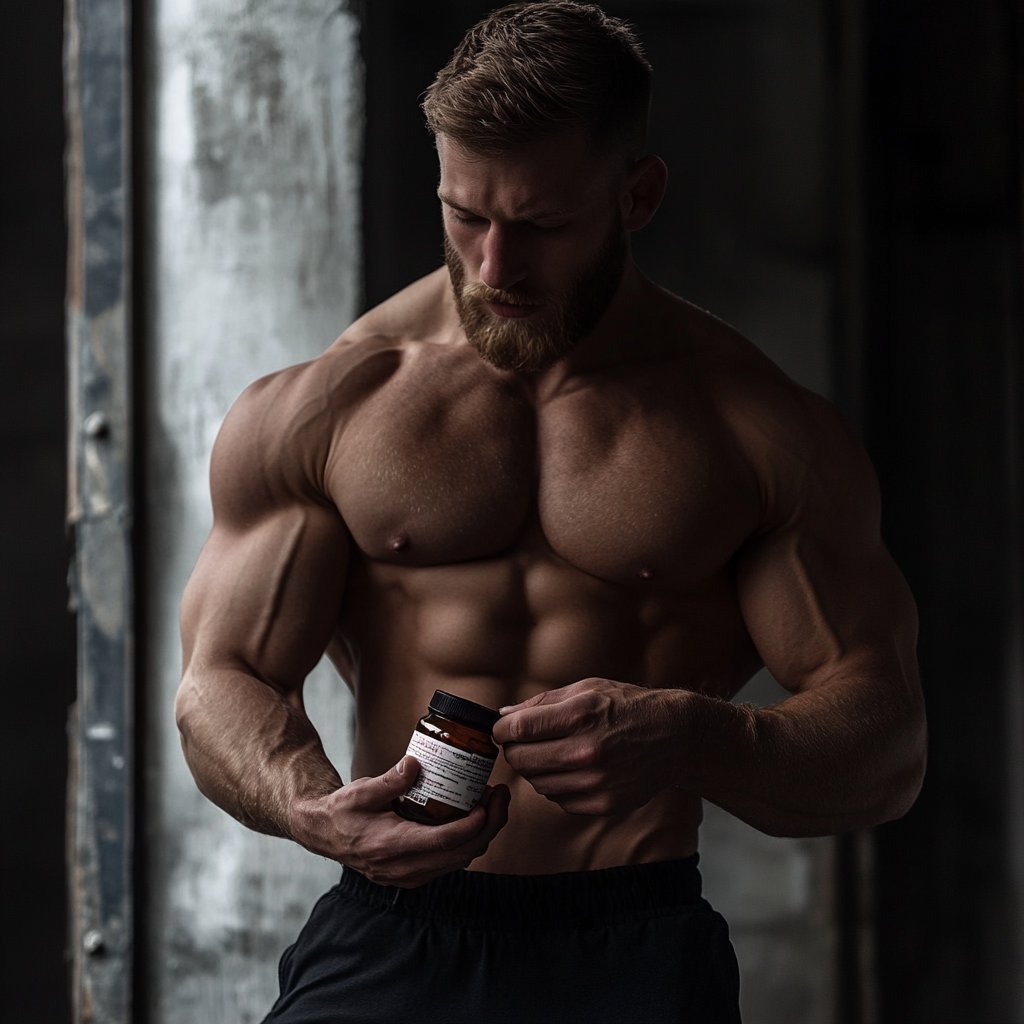

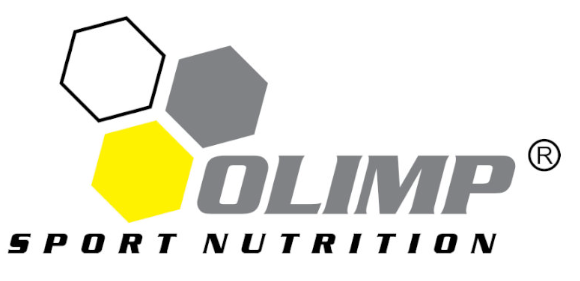
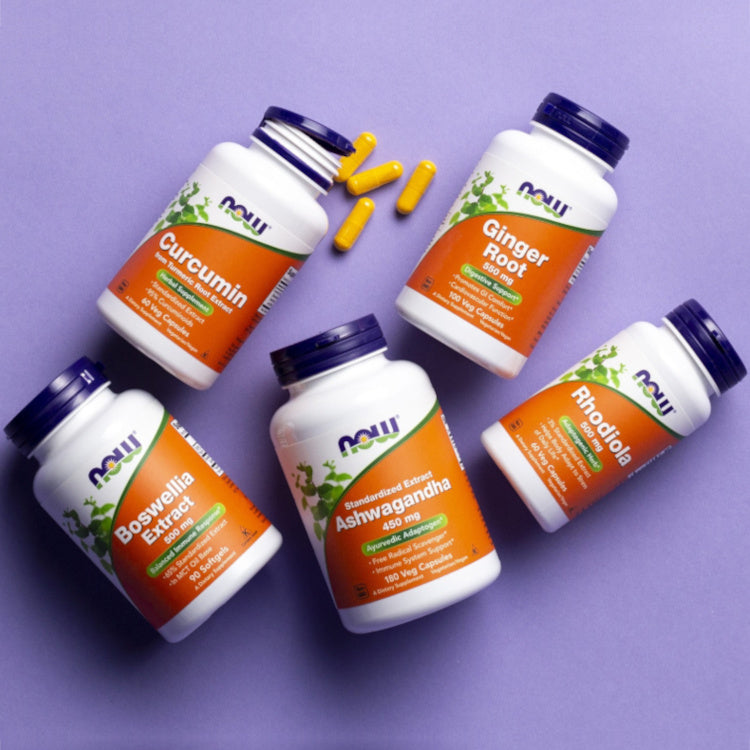













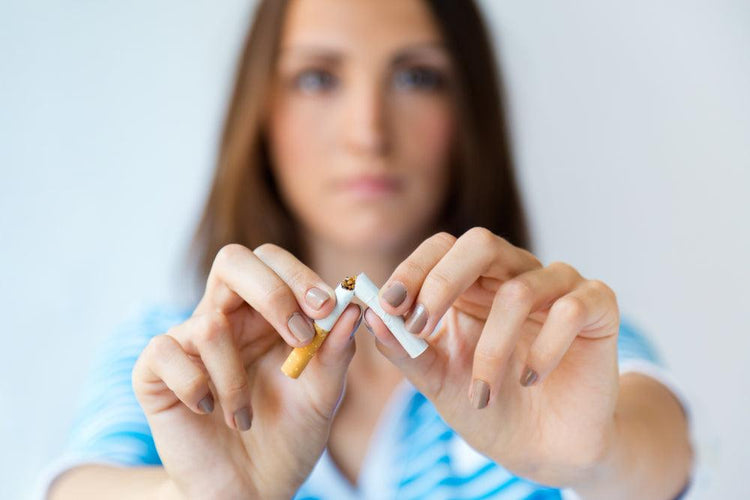
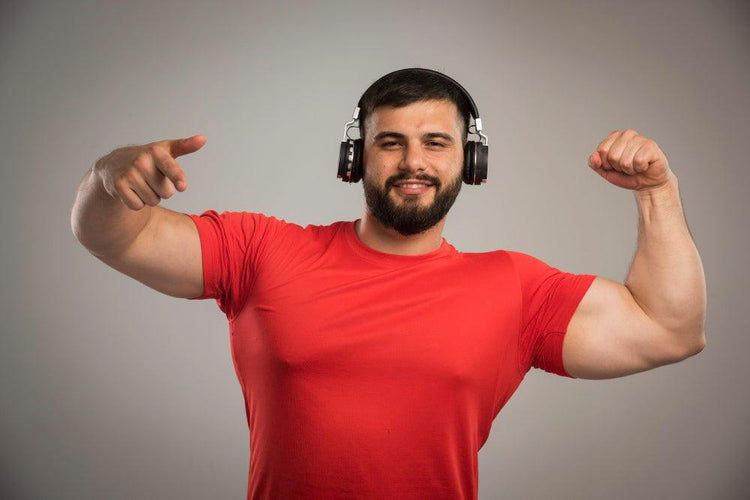



 Rated Excellent by 26,523+ Reviews
Rated Excellent by 26,523+ Reviews